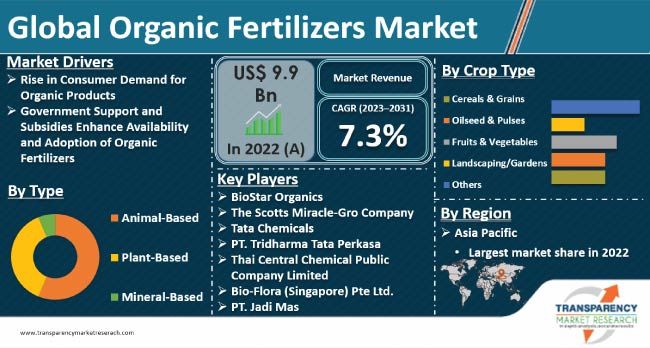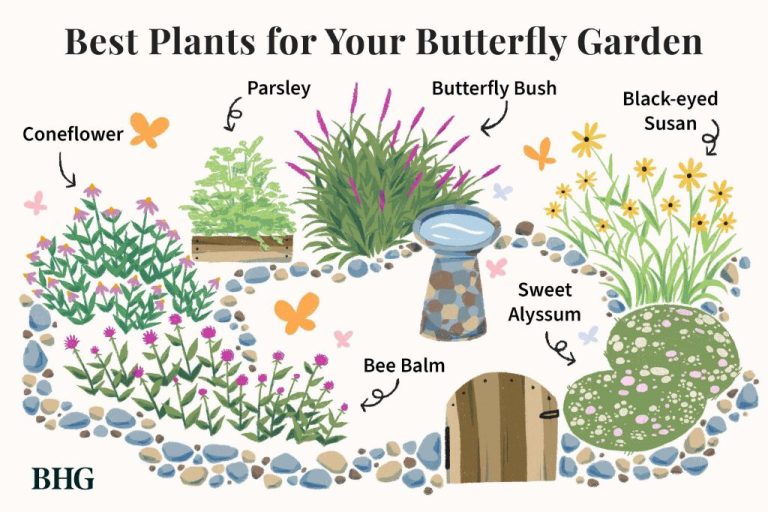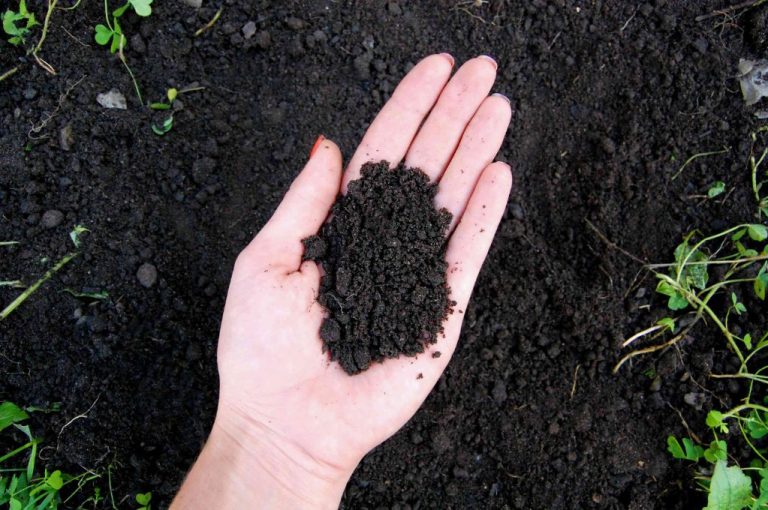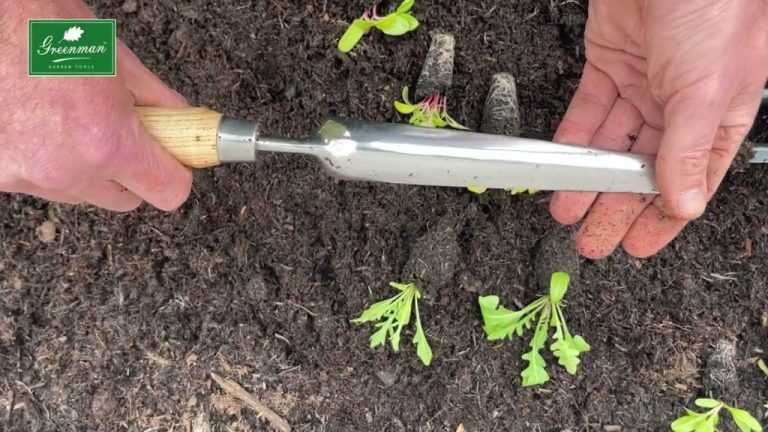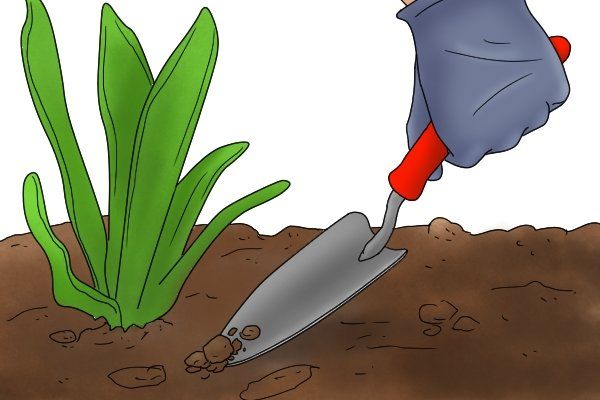Beginner’S Guide To Organic Gardening: Tips For A Chemical-Free Garden
Organic gardening refers to growing plants without the use of synthetic fertilizers or pesticides. Instead, organic gardeners rely on natural methods to build healthy soil and deter pests. The primary benefits of organic gardening include protecting the environment, avoiding exposure to toxic chemicals, and harvesting pure crops.
In this beginner’s guide, we will cover the key tips for starting and maintaining a thriving chemical-free garden. Topics include choosing the right location, building fertile soil through composting and cover crops, using organic pest control methods, fertilizing with natural options like compost tea, and safely harvesting and storing your organic produce.
By following these organic gardening fundamentals, you’ll be on your way to growing nutritious fruits, vegetables, and flowers the natural way.
Choosing a Site
Choosing the right site is one of the most important steps for starting an organic garden. The main factors to consider are sunlight, drainage, and soil quality.
Sunlight is crucial for most vegetables and fruits. For best results, select a site that gets at least 6-8 hours of direct sun per day, especially during the growing season. Morning sun is preferable to afternoon sun. Areas that are shaded for most of the day will limit plant growth and production (Source).
Good drainage is also essential. Vegetables need soil that drains well after heavy rains or watering. Avoid low spots where water collects and stands. Test drainage by digging a hole 12 inches deep and filling it with water. If water remains in the hole after 12 hours, drainage is poor. Choose a gently sloping site instead.
Before planting, get the soil tested through your local extension service to identify nutrients that are lacking or abundant. This will guide fertilizer choices and soil amendments. Test every 2-3 years to monitor changes in the soil. Ideal garden soil is loose, nutrient-rich, and contains lots of organic matter.
Building Healthy Soil
Healthy soil is the foundation of an organic garden. Good soil leads to strong, pest-resistant plants that yield juicy tomatoes, bright flowers, and nutritious vegetables. There are several techniques you can use to build and maintain rich, fertile soil including composting, cover crops, and crop rotation.
Adding compost to your soil is one of the best things you can do. Compost improves soil structure and provides a slow, steady supply of nutrients to plants. It also encourages beneficial microorganisms and earthworms while retaining moisture in the soil. Compost can be purchased or made at home using yard waste, vegetable scraps, and other organic materials. Incorporate 1-3 inches of compost into your beds each year.
Cover crops like clover, rye, and buckwheat help suppress weeds, prevent erosion, add organic matter to the soil, and stop nutrient leaching. The cover crop is sown in the off season and then cut down and tilled into the soil before planting. Legume cover crops like clover also fix nitrogen from the air into the soil. Allow 2-3 months for cover crops to establish before cutting them down.
Rotating vegetable crop families from year to year in each bed helps prevent diseases and nutrient deficiencies. Avoid planting the same crops in the same spot for at least 3 years. Use the following rotation schedule: Leafy crops one year followed by fruiting crops, then root crops, and finally legumes.
Following these organic practices will improve your soil tilth, fertility, and microbial activity. Healthy soil equals healthy plants and bountiful harvests!
Selecting Organic Seeds & Plants
When starting an organic garden, it’s important to select organic, non-GMO seeds and plants. Look for seeds labeled as “certified organic” which have been grown without chemical pesticides or fertilizers according to USDA standards (High Mowing Organic Seeds). Reputable online seed companies like Grow Organic offer a wide selection of certified organic seeds.
You’ll have a choice between open-pollinated heirloom seeds versus hybrid seeds. Heirloom seeds come from plants that were grown and hand-selected from previous seasons. They produce consistent, thriving plants with excellent flavor and quality. Hybrid seeds are bred from two different parent plants to create specific traits like disease resistance or higher yields. However, hybrid seeds do not produce true copies of the parent plant. For an organic garden focused on sustainability and biodiversity, heirloom seeds are the better choice.
Starting plants from seed allows you full control over growing conditions. Look for seed starting mix and containers labeled organic. Follow instructions on the seed packet for depth, spacing, planting time, days to maturity, and ideal growing conditions for the variety. Use a seed starting heating mat and grow lights to nurture strong seedlings ready for transplanting outdoors.
Plant Care
Proper care is essential for a healthy, thriving organic garden. Pay close attention to watering, weed control, and fertilizing your plants.
Watering
Watering properly is key in organic gardening. Make sure to water plants at the base of stems, avoiding watering from overhead which can promote fungal disease. The amount and frequency of water depends on factors like soil type, sun exposure, and type of plant. Avoid overwatering, which can lead to root rot and other diseases.
Consider using drip irrigation or soaker hoses to conserve water and target it where plants need it most. Water early in the day so leaves have time to dry before nightfall, reducing risk of disease.
Weed Control
Weeds compete with garden plants for water, nutrients, and sunlight. Hand pulling weeds is an effective organic method, taking care to remove the entire root system. Mulching with materials like wood chips, straw, or shredded leaves helps block light and suppress weed growth.
For stubborn weeds, try using organic herbicides containing ingredients like citric acid, clove oil, or vinegar. Always follow label directions carefully.
Prevent weeds from going to seed and introducing more weeds next season. Regular weeding and mulching makes the job much easier over time.
Fertilizing
Feeding your organic plants is important, but avoid over-fertilizing. Compost and organic fertilizers release nutrients more slowly than synthetic fertilizers. Follow label instructions carefully.
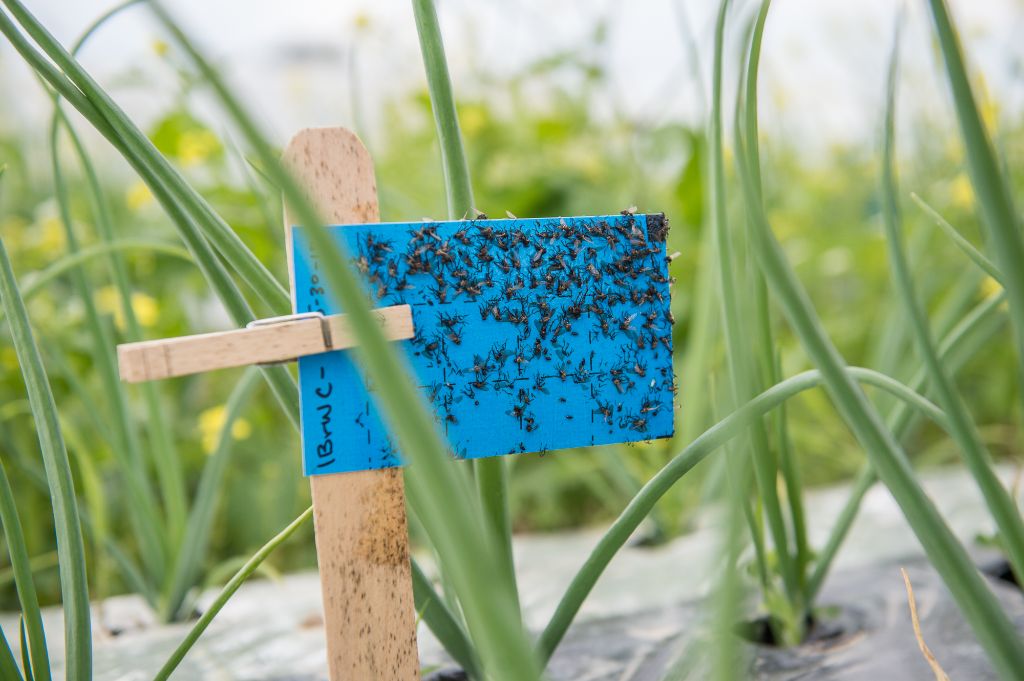
Good organic fertilizer options include compost, compost tea, bone meal, blood meal, fish emulsion, and manure. Spread around the base of plants or till into soil before planting.
Conduct soil tests periodically to determine if any amendments are needed for proper pH balance and nutrient levels.
Common Organic Pests & Diseases
A natural garden can still have issues with pests and diseases. However, organic gardening focuses on preventative measures rather than relying on chemical pesticides which can harm beneficial insects, birds, wildlife, pets, and even people. Some common organic solutions for pests and diseases include:
Identifying the pest or disease early is key. Some common organic pest management techniques include handpicking insects, using row covers or copper barriers, applying neem oil or insecticidal soaps, introducing beneficial insects like ladybugs or green lacewings, and removing diseased plants or parts of plants. Products from companies like Arbico Organics can help target specific pests while being gentle on the rest of the garden.
For plant diseases, improved air circulation, drip irrigation, proper spacing, and mulching can help prevent fungus and mold growth. Organic fungicides based on sulfur, copper, or Bacillus subtilis bacteria can treat existing issues without harsh chemicals. Always remove and destroy infected plant material to prevent spreading.
With some observation, prevention, and targeted organic treatments, most pest and disease issues can be managed without compromising the natural harmony of an organic garden.
Organic Weed Control
Controlling weeds is an important part of organic gardening. Weeds compete with plants for water, nutrients, and sunlight. They can also harbor pests and diseases. There are several effective organic methods for controlling weeds without the use of chemical herbicides.
Mulching is one of the best organic weed control methods. Materials like wood chips, leaves, straw, and grass clippings can be spread on top of the soil around plants. This blocks light from reaching weed seeds and smothers any existing weeds. Mulch also helps retain soil moisture and temperature (Source).
Hand weeding is labor intensive but extremely effective. It involves digging, pulling, or hoeing weeds by hand as soon as they germinate. Use a sharp hoe to sever weeds just below soil level. Be sure to remove the entire root system of perennial weeds.
Cover crops like clover or rye can be grown in empty garden beds. They cover the soil to block light and prevent weed seeds from germinating. Cover crops also improve soil health when tilled back into the ground before planting. Just be sure to till them in before they go to seed themselves.
Natural Fertilizers
Organic gardening relies on natural fertilizers to provide nutrients to plants without chemicals. Some of the most common organic fertilizers include:
Compost
Compost is decomposed organic matter that provides a slow, steady release of nutrients as it breaks down in the soil. Compost adds beneficial microbes and improves soil structure. It can be made at home from yard waste, food scraps, and manure. Oregon State University Extension recommends mixing 2-3 inches of compost into garden beds each year.
Manure
Manure from cows, chickens, horses, and other livestock is an excellent source of nitrogen and other nutrients for plants. Manure should be composted before using to avoid burning plants. Wikipedia notes that composted manure increases soil organic matter and microbial activity.
Cover Crops
Cover crops like clover, rye, and vetch can be grown to add organic matter and nitrogen to the soil. As ScienceDirect explains, cover crops can be tilled directly into the soil as green manure before planting.
Harvesting & Storage
Knowing when to harvest is one of the most important skills in organic gardening. Different crops have different maturity times and indicators that they are ready to pick. For example, tomatoes are ripe when they easily detach from the vine and peppers should feel firm and heavy.
Proper harvesting techniques are also key. Many vegetables like onions, garlic and potatoes need to be cured after digging them up. Curing involves letting them dry out in a warm, dry place for 1-2 weeks before storage. This toughens their skin and extends their shelf life. Leafy greens and herbs should be cut with a sharp knife or scissors to avoid bruising.
After harvesting, proper storage conditions are essential. Crops like potatoes, onions and winter squash need cool, dry and dark conditions. A root cellar is ideal, but any dark corner of a basement or closet works too. Soft fruits like tomatoes and zucchini are best kept at room temperature. Herbs can be air dried or frozen. With the right harvesting and storage methods, you can enjoy the bounty from your organic garden all year long. (Source)
Getting Certified Organic
Becoming a certified organic grower requires meeting USDA organic standards. Certification indicates your garden or farm uses organic farming methods verified through annual audits by certifying agents. While certification isn’t mandatory, it is required to market organic produce commercially. Here’s an overview of the organic certification process and requirements:
Overview of the Certification Process
You’ll need to find a USDA-accredited organic certifying agent who will review your organic system plan. The plan details all aspects of production, including monitoring, materials, record keeping, and practices used to comply with organic standards. Your certifying agent will do an initial on-site inspection, followed by annual inspections of your garden or farm.
Key Requirements for Certification
To be certified organic, you must:
- Use organic farming methods for 3 years before certification.
- Avoid using prohibited synthetic fertilizers, pesticides, GMOs, irradiation, or sewage sludge.
- Apply natural fertilizers and pest control approved for organic production.
- Maintain buffer zones to prevent chemical drift contamination.
- Keep thorough records of practices, inputs, sales, storage, etc.
- Undergo annual on-site inspections.
By meeting USDA standards, organic certification builds trust with consumers and improves marketability of organic produce. It demonstrates your commitment to growing pure, chemical-free fruits and vegetables.

